
Inuits are culturally related indigenous people in the Artic area of Canada, Greenland, and Alaska. The Arctic has one of the most extreme climates and the Inuit's clothes are a key piece for warmth and survival.
Their clothes provide physical protection from the cold, wind, and snow, as well as visual communication to let others know where they are.
With limited resources in the Arctic, Inuits use what they have including animal skin and fur. Let’s take a closer look at what Inuits wear to help them survive and maintain their culture.
Panaprium is independent and reader supported. If you buy something through our link, we may earn a commission. If you can, please support us on a monthly basis. It takes less than a minute to set up, and you will be making a big impact every single month. Thank you!
Clothing Material

The majority of Inuit clothing is made out of the hides of caribou, seals, and other wildlife they hunt. The men hunt and the women prepare the hide and turn it into clothing for everyone in their village,
Animal hide and fur are ideal for insulation and heat conservation, especially as the Arctic is below freezing most of the year. It even keeps them warm when the temperature drops below -40 Fahrenheit (-40 Celsius).
The complete outfit is lighter than you might think. From head to toe, it weighs about 9 to 10 pounds (4 to 4.5 kilograms).
How Inuit Clothes Are Made

Inuit clothes are made by highly skilled seamstresses. Mothers pass down their knowledge and skills to their daughters. This process can take weeks with many women working at the same time. The animal hides do not last long, and the clothes usually have to be remade every year.
Inuits are thought to be the first ones to make tailored clothes. Each person’s clothes are customized for their unique form and measurements, so no two pieces of clothing are the same.
All clothing is hand measured and sewed by these women with a needle-like tool and thread made from sinew.
Layers

To keep in the heat, while still being able to breathe, Inuits create layers in their clothes. The first layer has fur turning inward to their body and the second layer has the fur turning outward, away from them. This traps warm air in between the layers, allowing them to stay warm.
Find other ways to layer for winter here.
Parkas

Like modern-day parkas, Inuit parkas are large, long coats that go to their knees and have a hood for their head. The hood is lined with animal fur to help protect their faces from the wind, snow, and frost.
Find parkas here.
Pants

Inuits wear pants or leggings, both made from animal hide and with two layers to help keep the heat in. The trousers are bell-shaped at the bottom and layered over the boots to help capture warm air rising from the boots.
Check out these winter pants.
Mittens

Their mittens go up high on the forearm to help prevent wind from blowing in. Every mitten has caribou or seal skin on the outside to create a waterproof layer.
Try out a pair of vegan leather mittens.
Inner Footwear

Inner footwear consists of socks and inner boots. Socks can be made from animal hide or other fabric. Inner boots are similar to outer boots but are generally not waterproof.
Check out these cotton socks.
Outer Boots

Inuit’s outer boots are waterproof like their mittens. They are also long, going high up to the knee to prevent snow from getting in while traveling. Moss or grass is layered inside the sole to help absorb perspiration.
In the warmer months, outer boots or waterproof boots are worn on their own without inner footwear.
Discover these winter boots.
Headwear

Many Inuits wear a waterproof hat under their parka in the winter. During the summer, just the hat is worn. For special events and ceremonies, headwear is decorated with beads and animal teeth.
Take a look at these hats.
Snow Goggles

Snow goggles may have been first created by the Inuits. Their version is made from wood or bone carved into a rectangular shape. The inside is blackened to help block out the sun and glare from the ice and glaciers.
Small narrow slits are carved in the middle so that the Inuits can see without getting blowing snow in their eyes. Twine or string holds them in place.
Try out these snow goggles.
Decorations

To decorate their outfits, Inuits dye or bleach the animal skin red, black, brown, or yellow. As early as the 1700s, beadwork was introduced when the Inuits started trading with the Hudson Bay Company. Fringes, pendants, and metal is also added throughout.
Learn more about beadwork in other cultures.
Male Clothes

Mittens and boots are made the same for both males and females. Men wear trousers for pants as they are warmer for going out to hunt. Their parka is loose with no opening and is taken on and off by being pulled over the head. The looser fit helps with mobility for hunting and the lack of opening helps keep warmth in.
Find more parkas here.
Female Clothes

Females will wear leggings as they do less traveling and hunting than males and don’t need the added warmth. Their parka also has a pouch in the back to carry their infants. Smaller infants are cradled in the front and larger ones sit upright against their mother’s bare back, with their legs wrapped around.
A belt is also worn around the mother’s waist under the parka to help secure their child. The mother can remove their child from the parka without having to remove it.
Find other female winter outfits here.
How Inuit Clothes Link to Spirituality

Inuit clothes are connected to their spiritual beliefs. Making skin clothes celebrate their accomplishments, shows pride in their unique culture, and affirms their lasting connection to the natural and spiritual world.
Their clothes are kept clean and shown the same respect as the animals that they are made of.
Keep your own clothes clean with these eco-friendly detergents.
Modern Day Clothes

In modern days, many Inuits buy and wear clothes from stores. However, many Inuits are trying to reclaim their culture by making clothes again.
Modern-day methods are also used when making Inuit clothes, including using modern threads such as cotton and polyester, and the use of a sewing machine instead of hand sewing. Traditional clothing and items are often mixed with modern items purchased from a store.
Find more winter apparel here.
Was this article helpful to you? Please tell us what you liked or didn't like in the comments below.
About the Author: Shelby Bonner
What We're Up Against
Multinational corporations overproducing cheap products in the poorest countries.
Huge factories with sweatshop-like conditions underpaying workers.
Media conglomerates promoting unethical, unsustainable products.
Bad actors encouraging overconsumption through oblivious behavior.
- - - -
Thankfully, we've got our supporters, including you.
Panaprium is funded by readers like you who want to join us in our mission to make the world entirely sustainable.
If you can, please support us on a monthly basis. It takes less than a minute to set up, and you will be making a big impact every single month. Thank you.


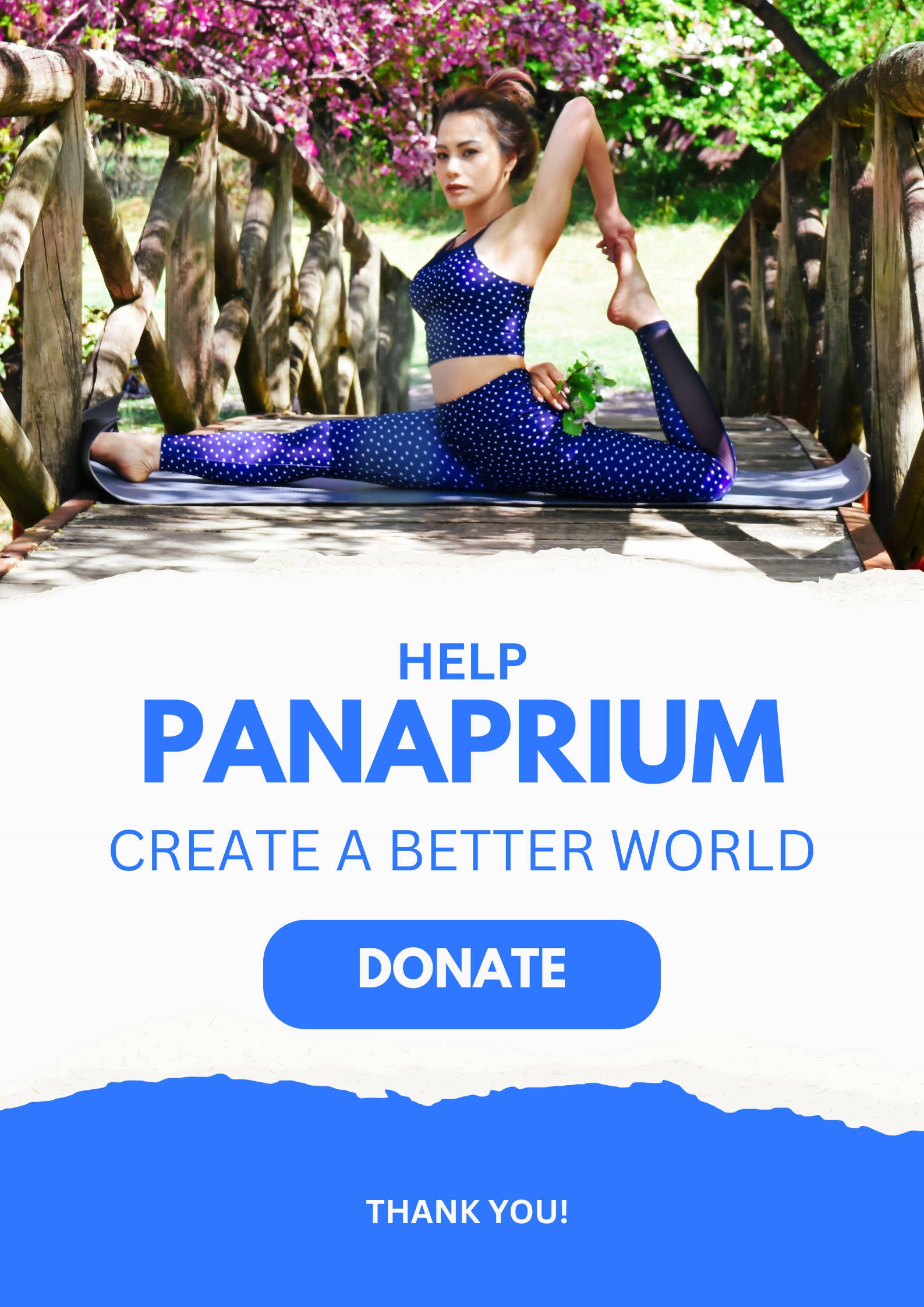

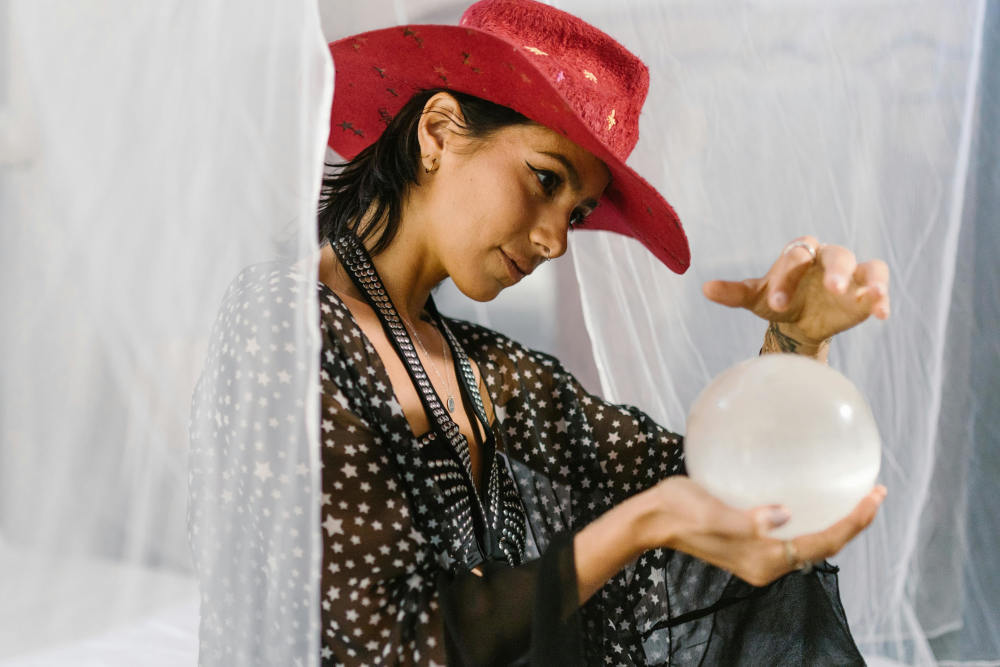
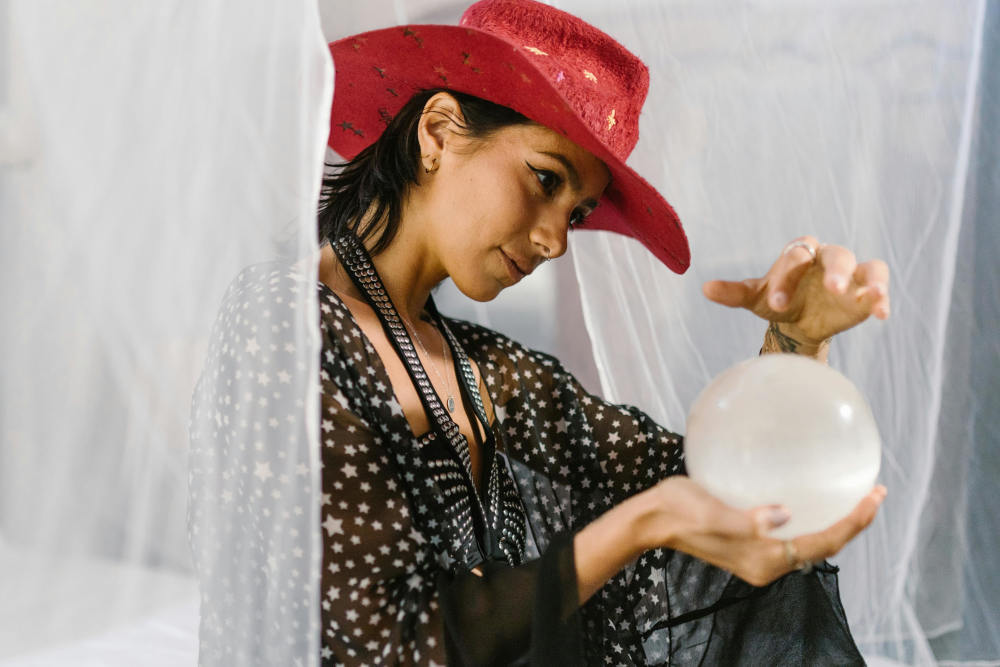
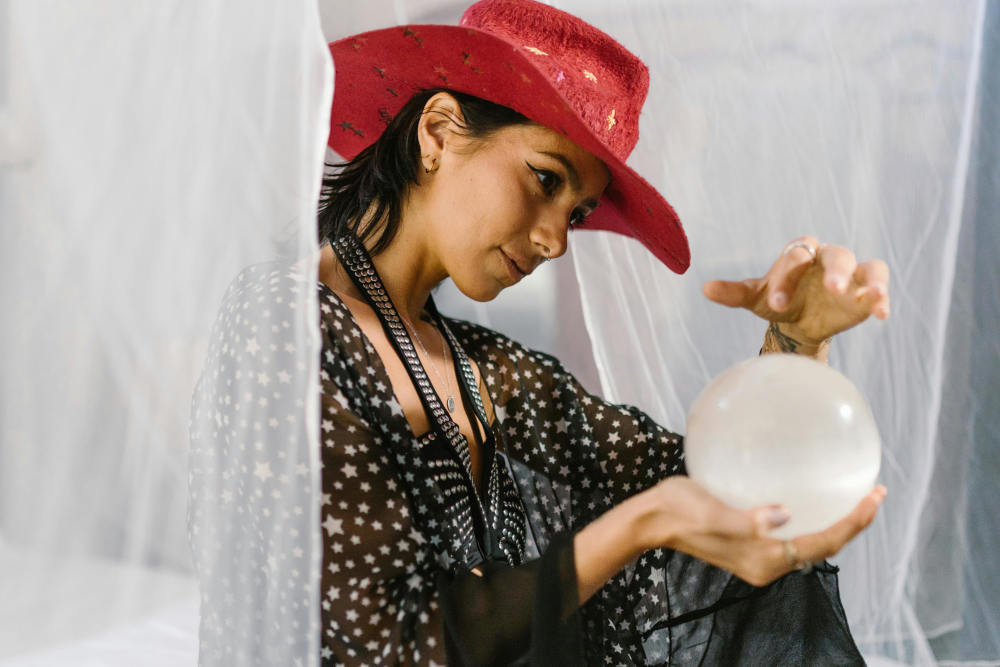
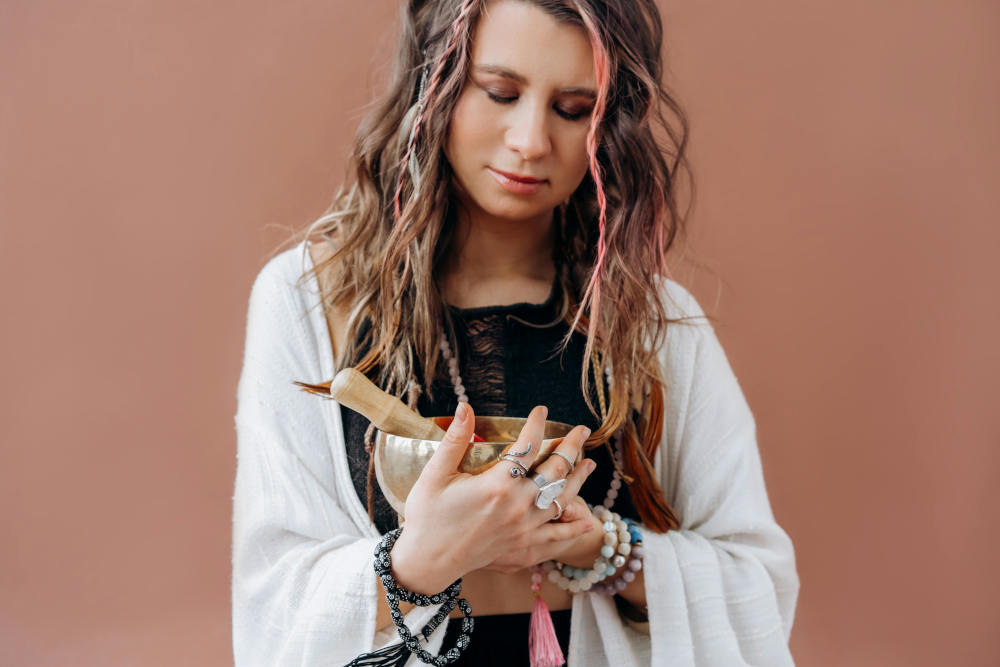
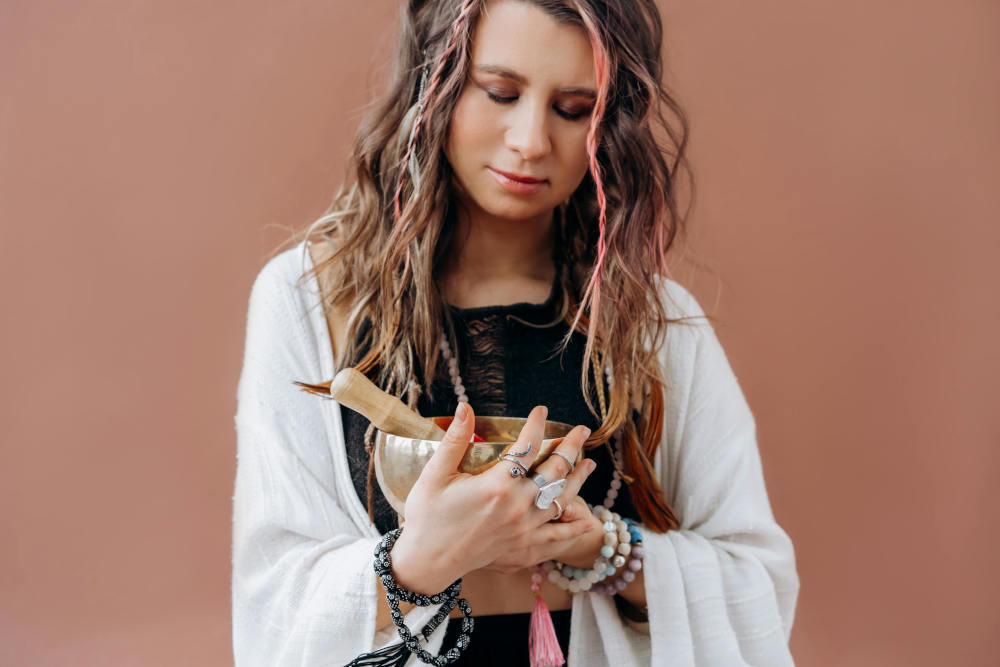
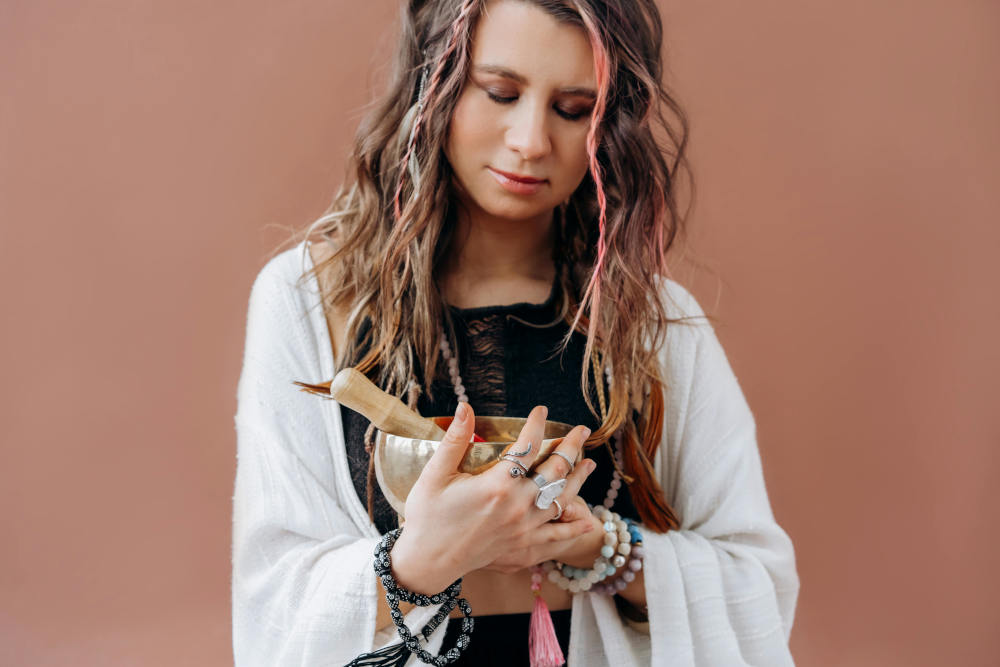
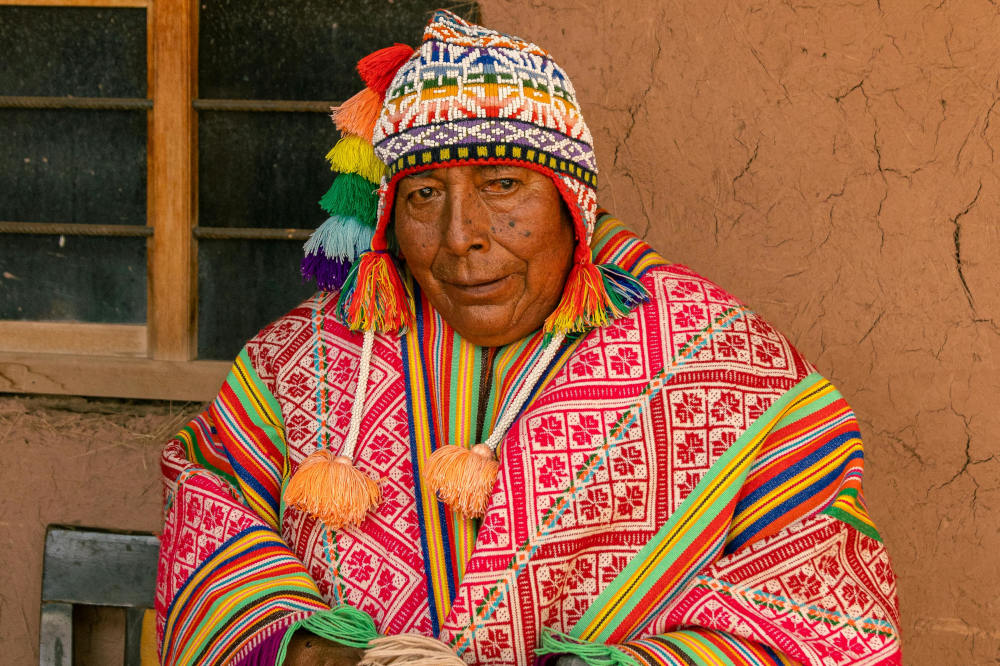
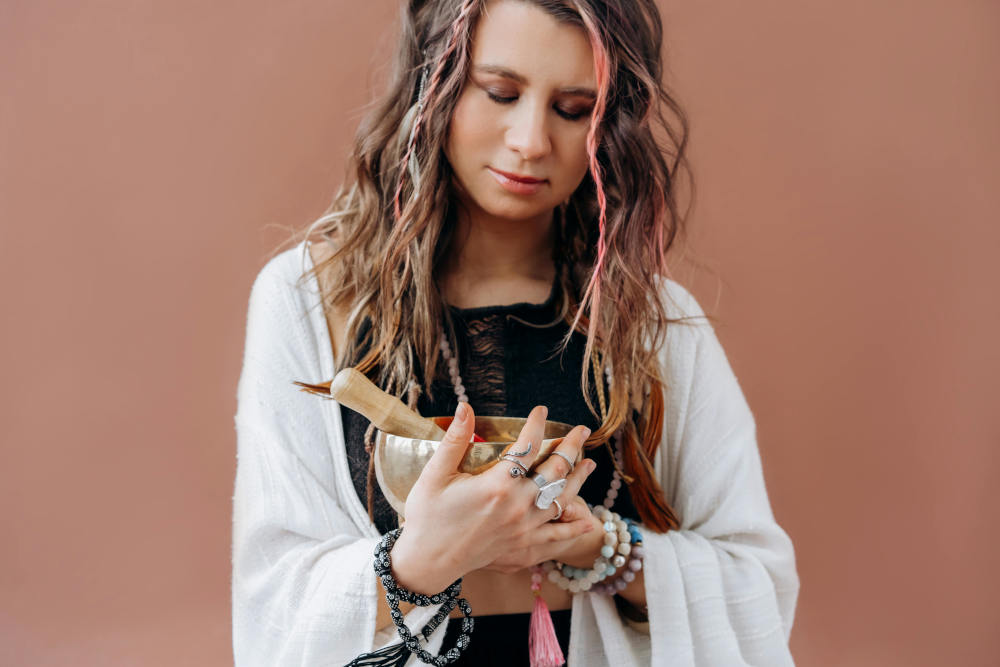
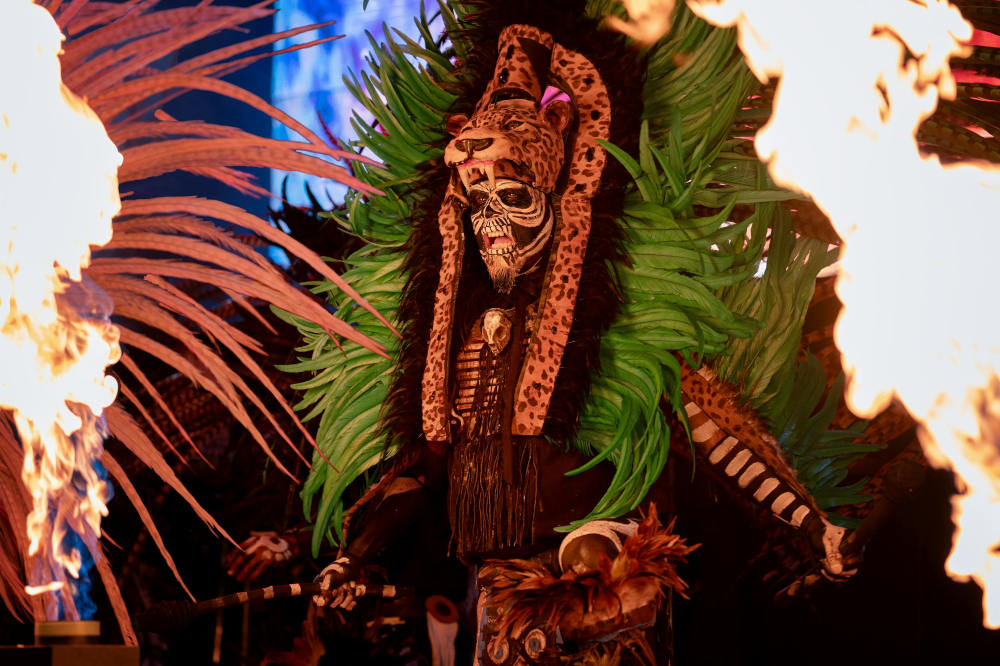
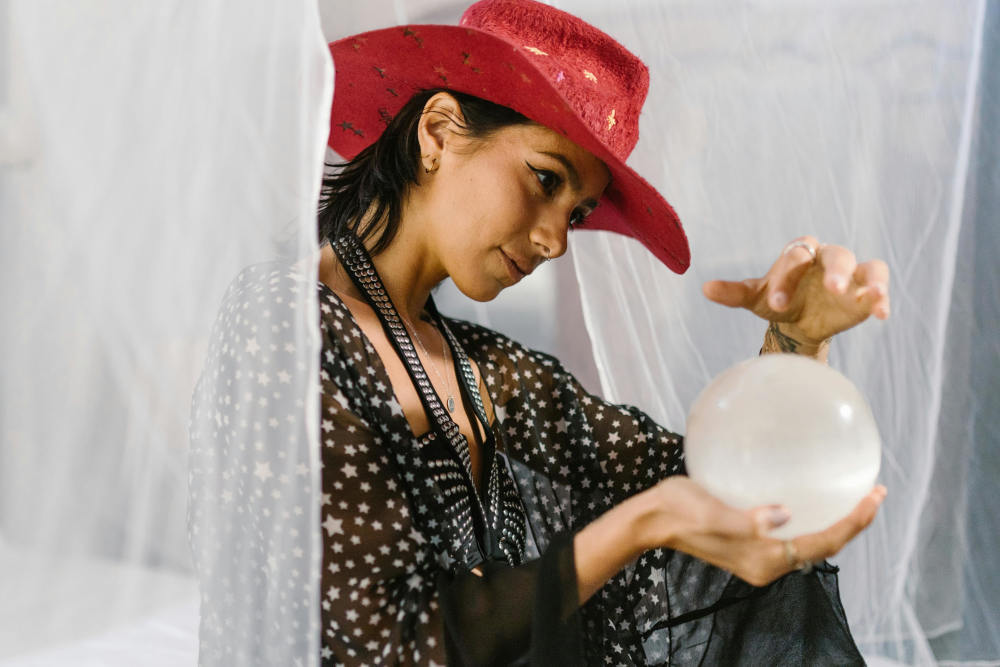
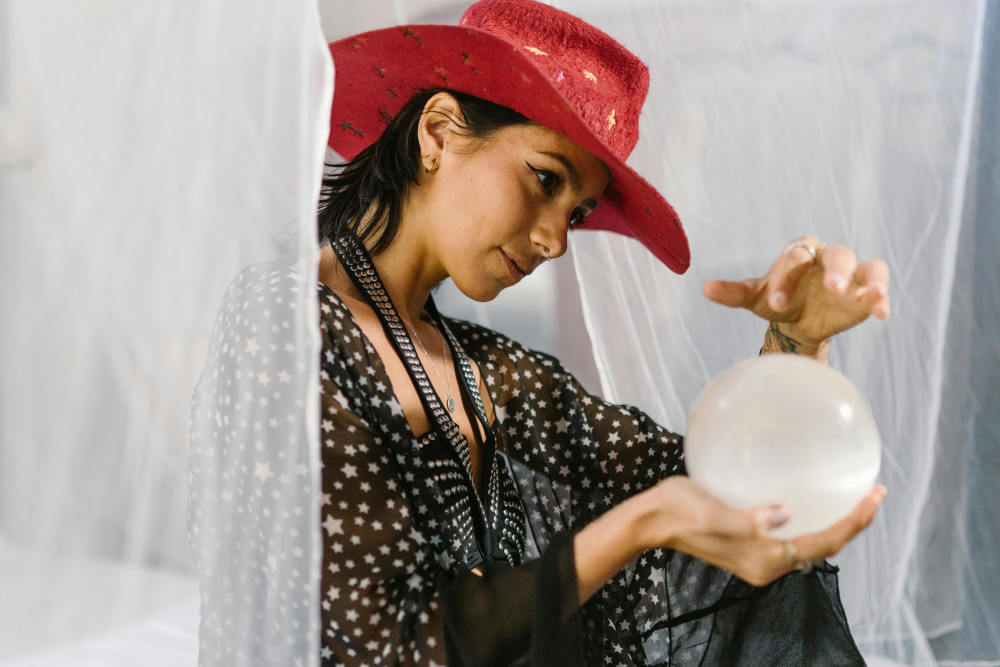
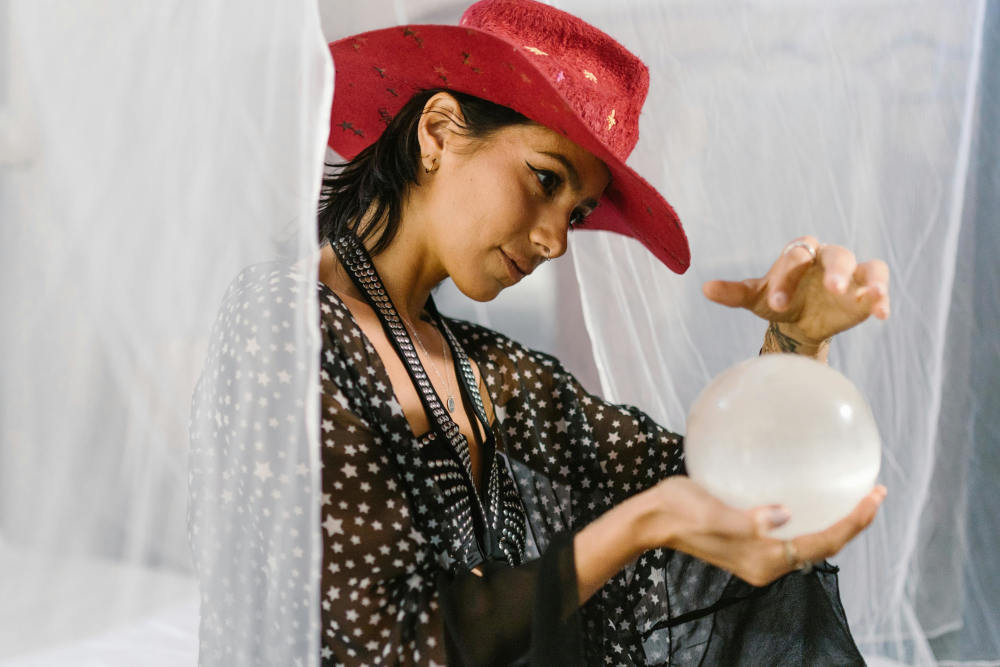
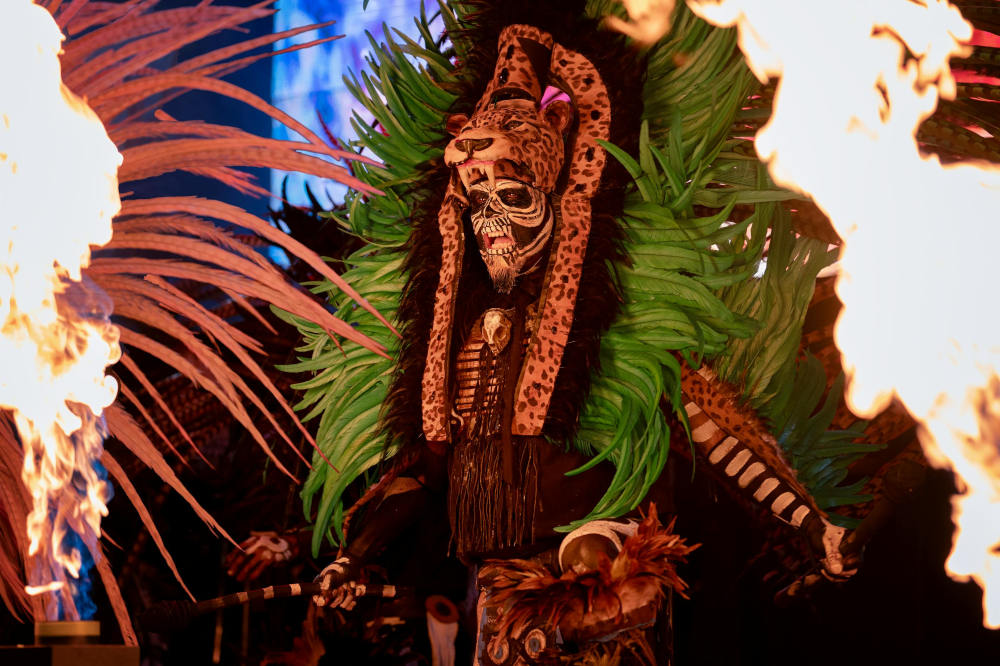
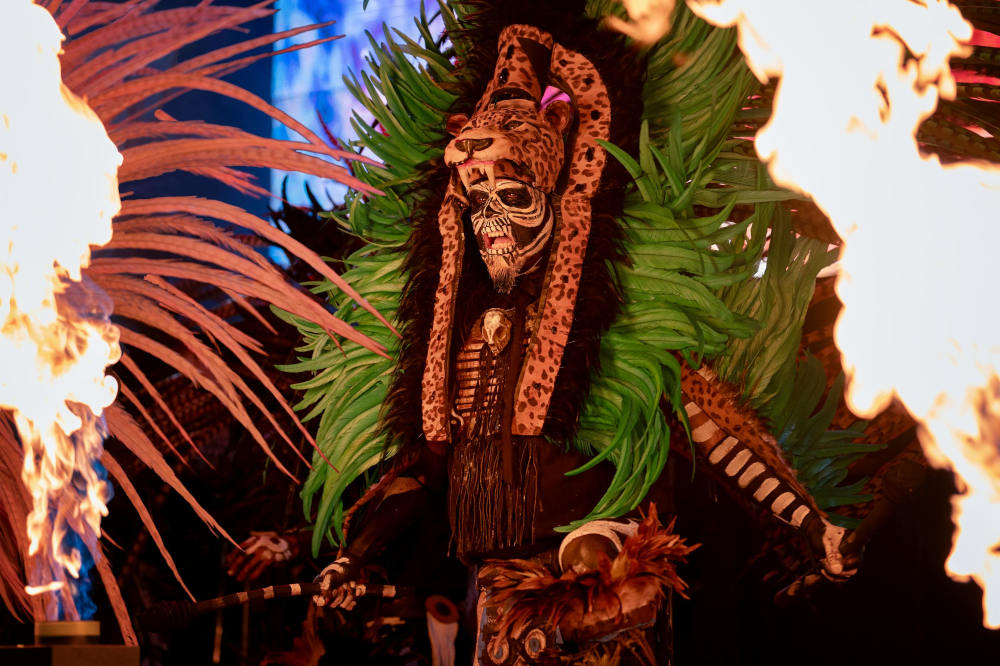
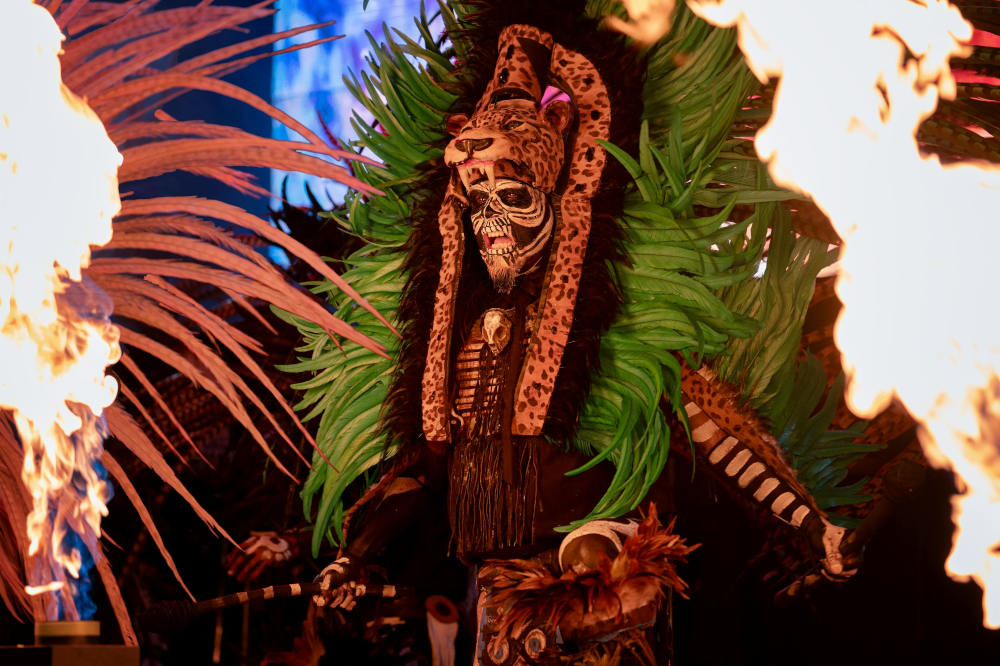
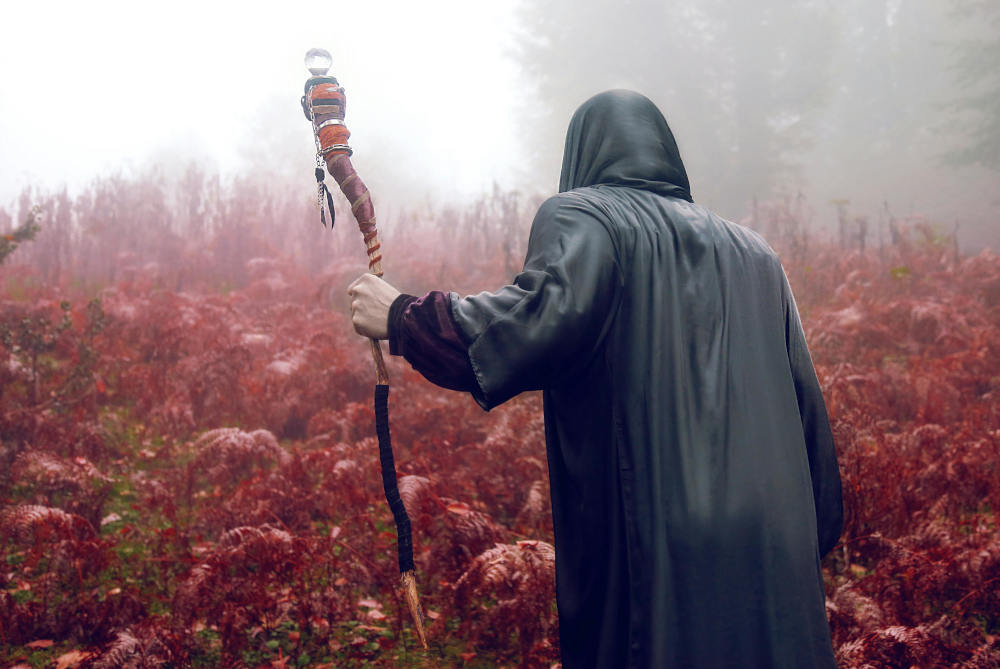
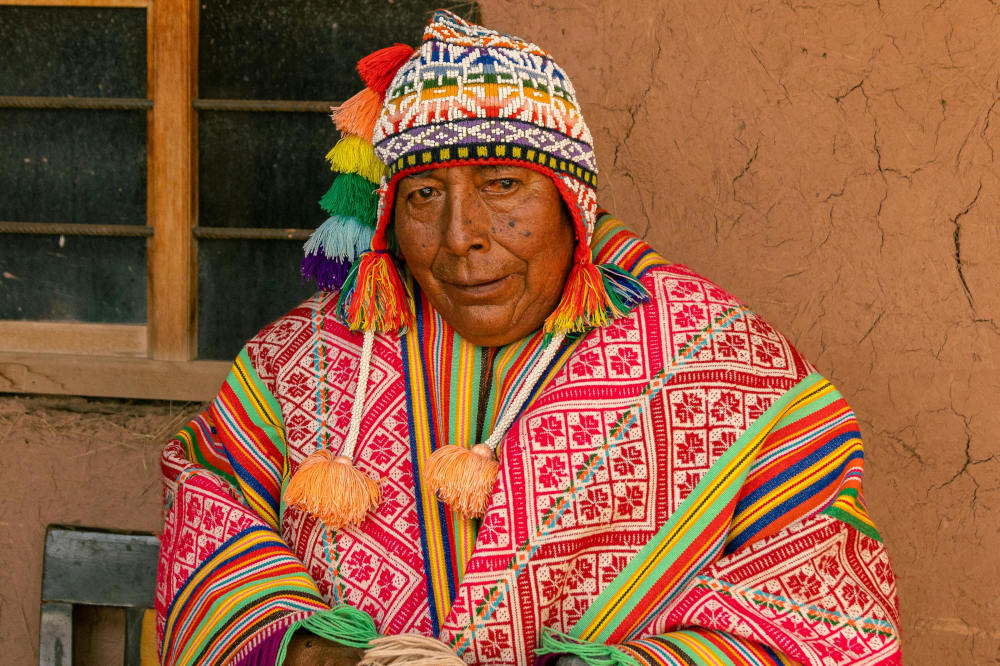
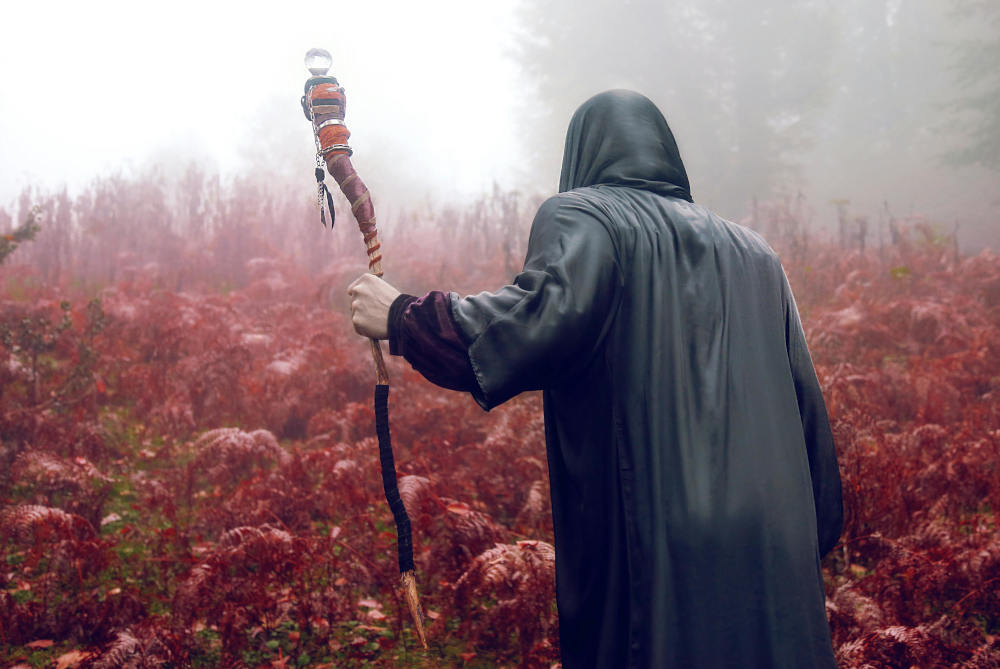
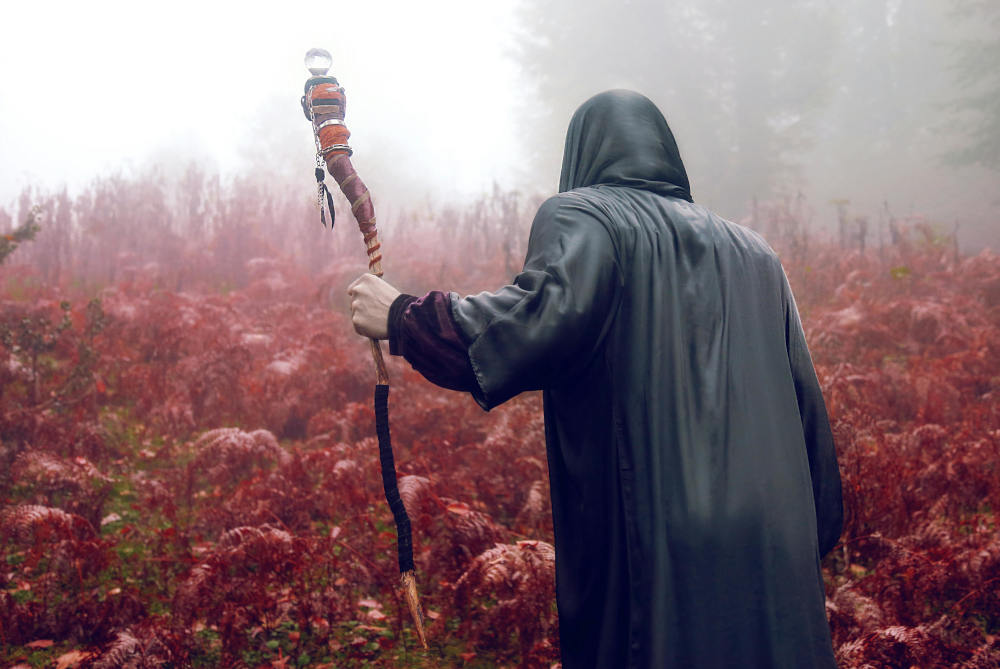
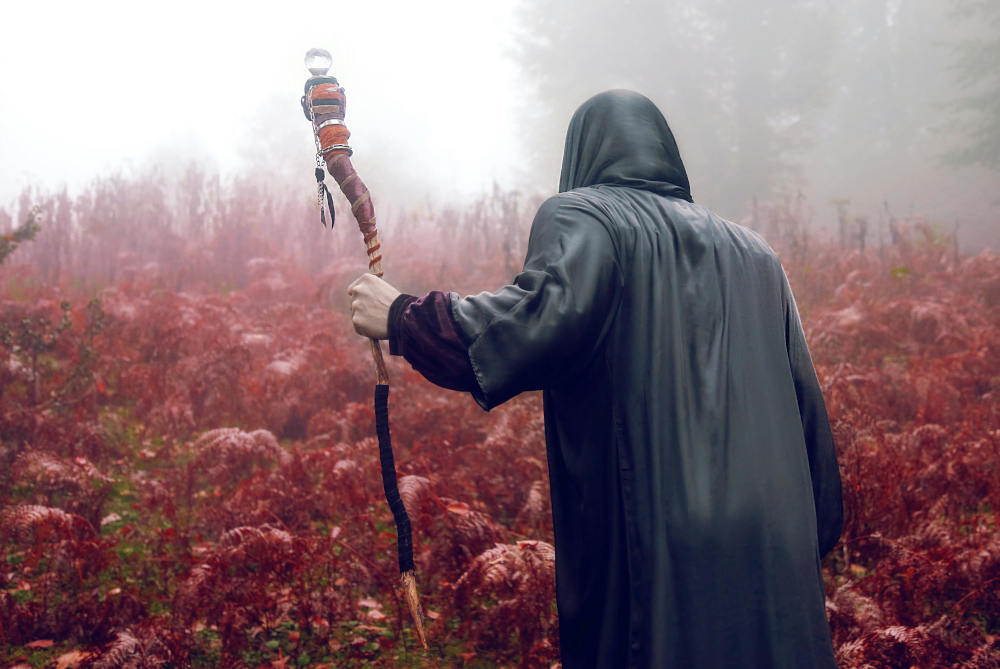
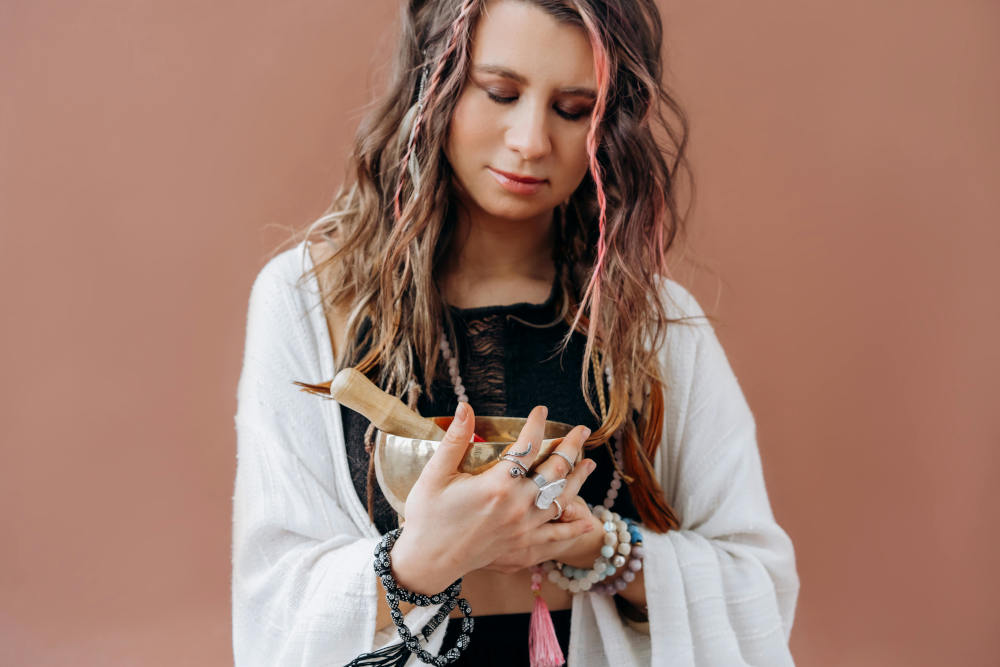
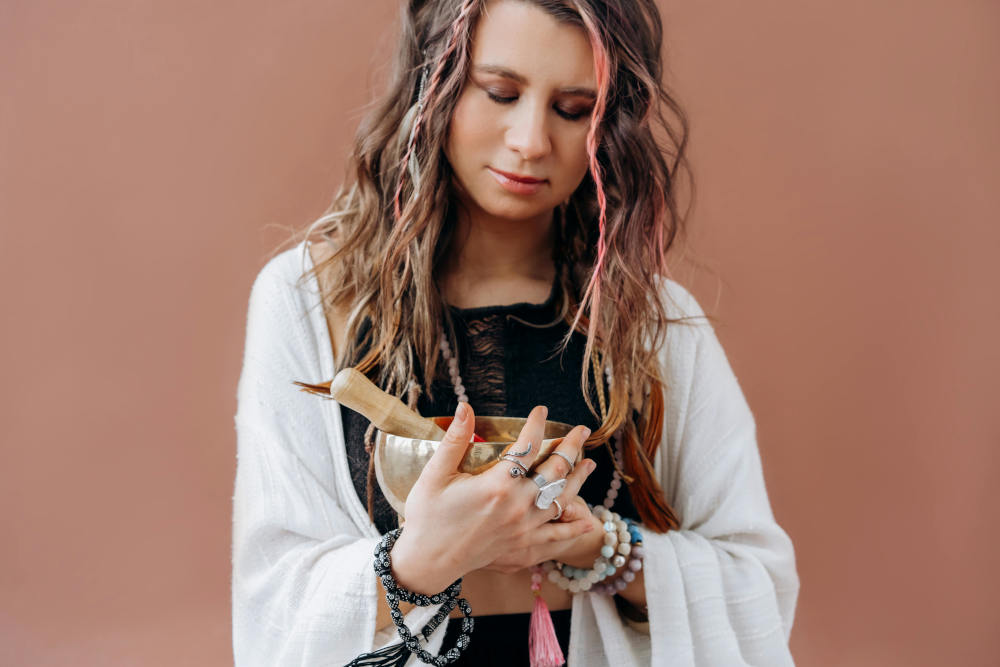
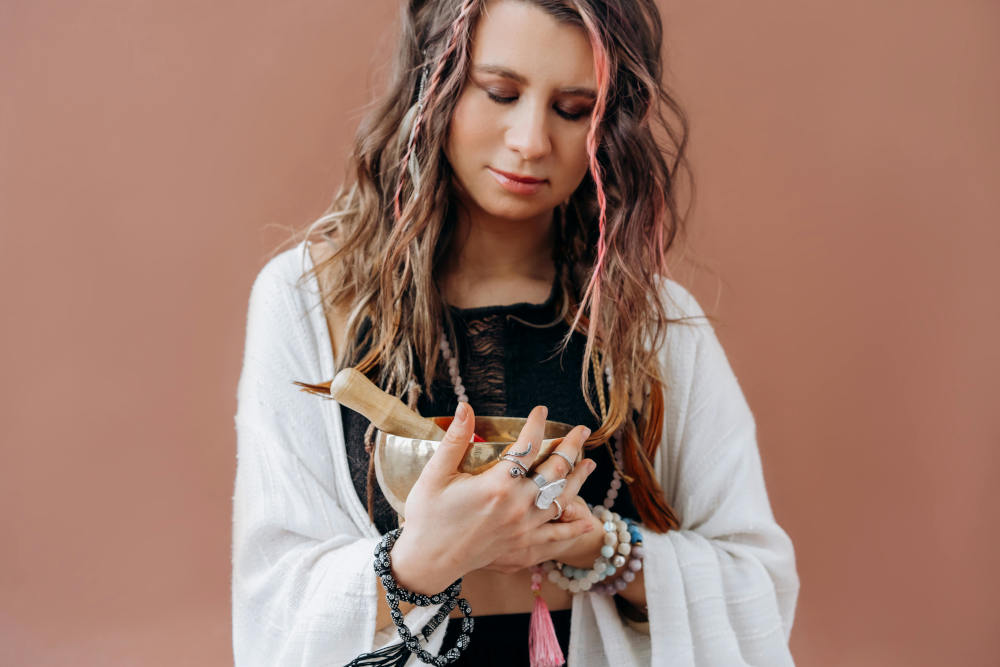
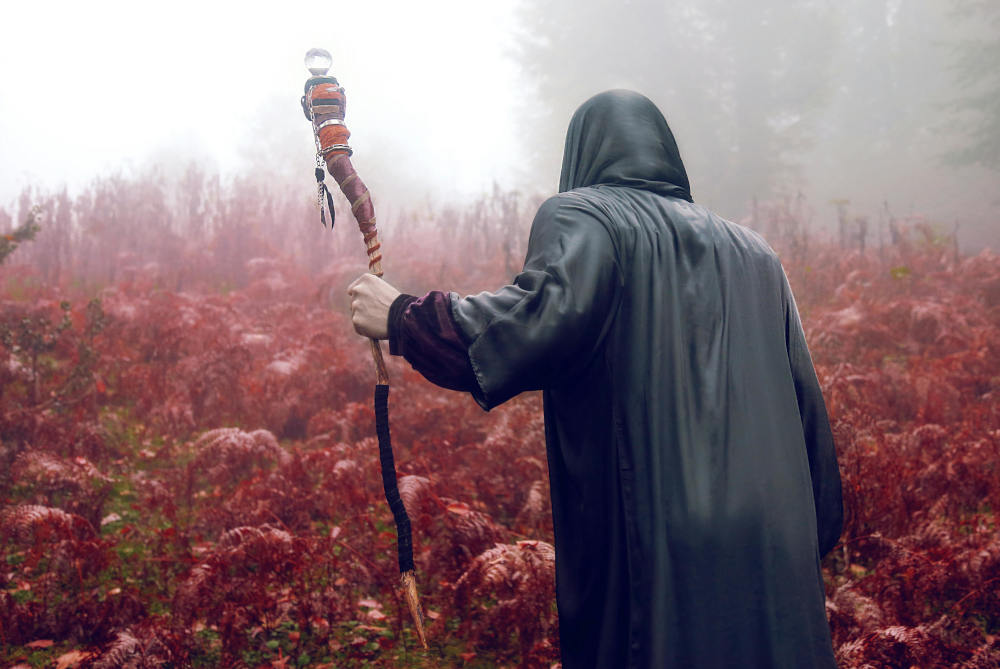
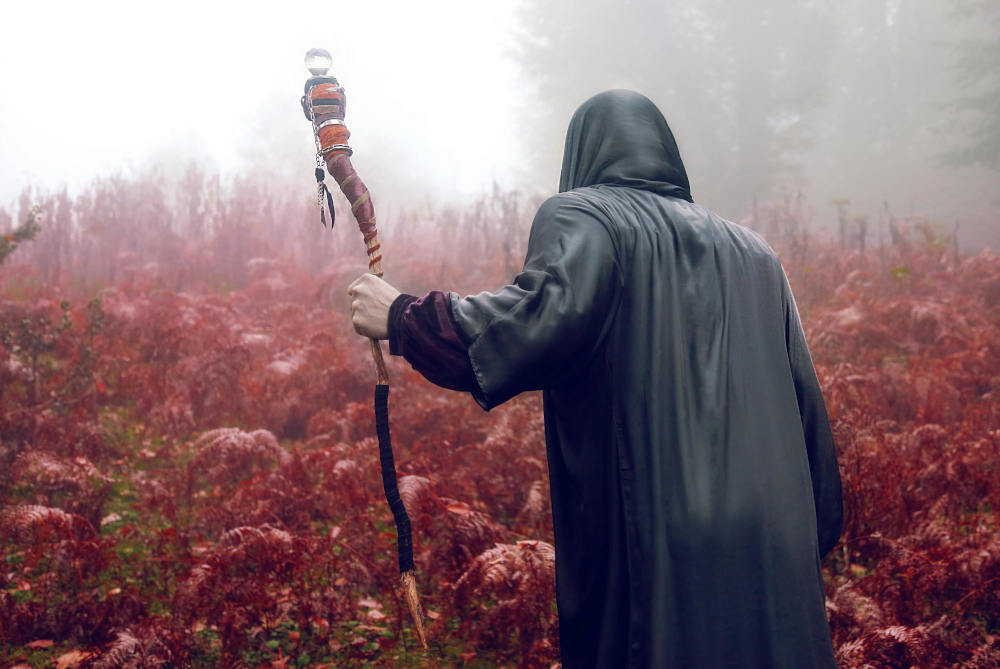
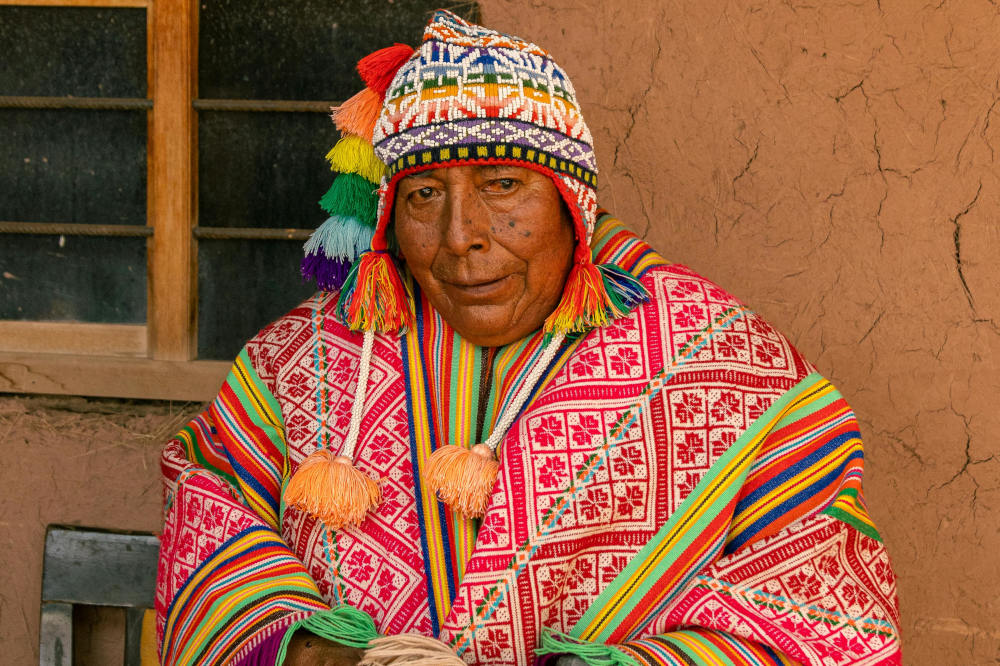
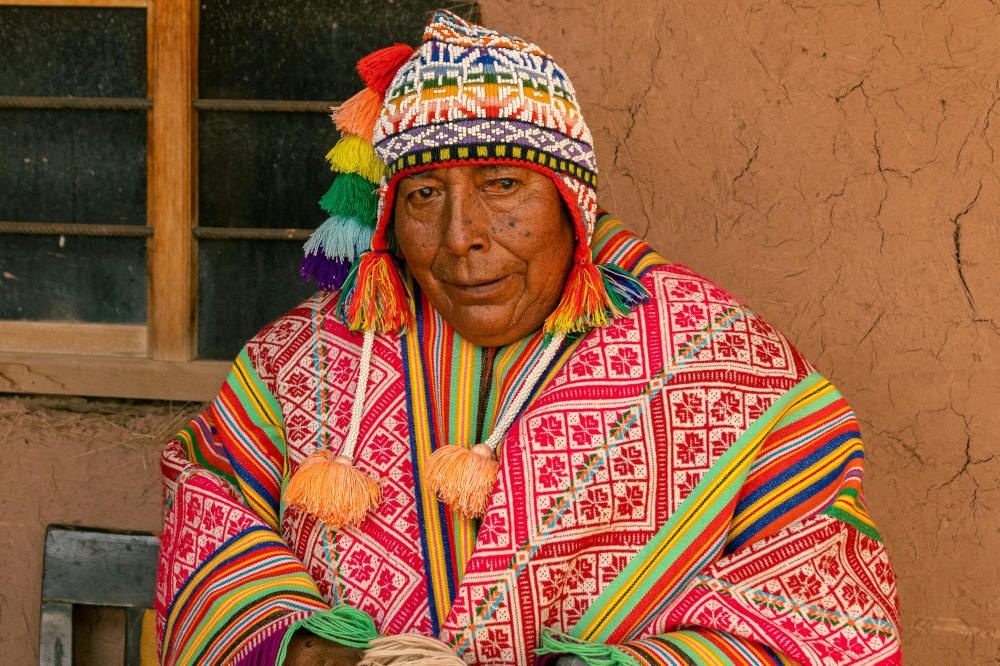
0 comments